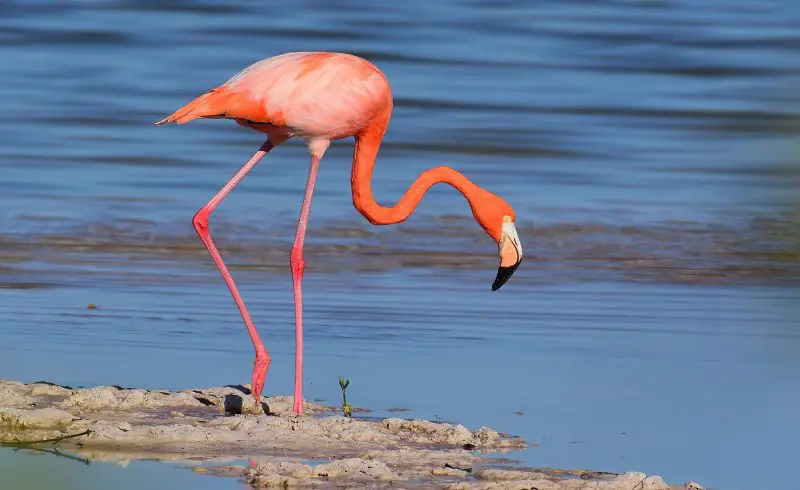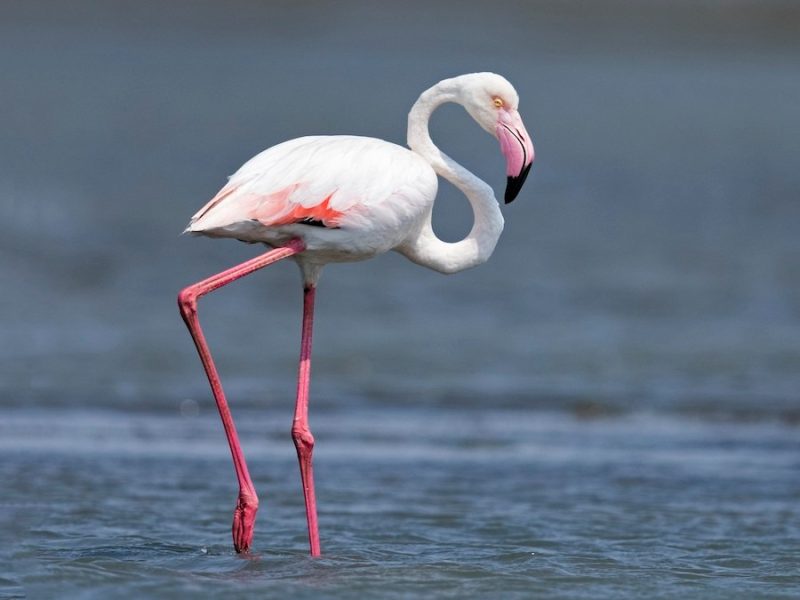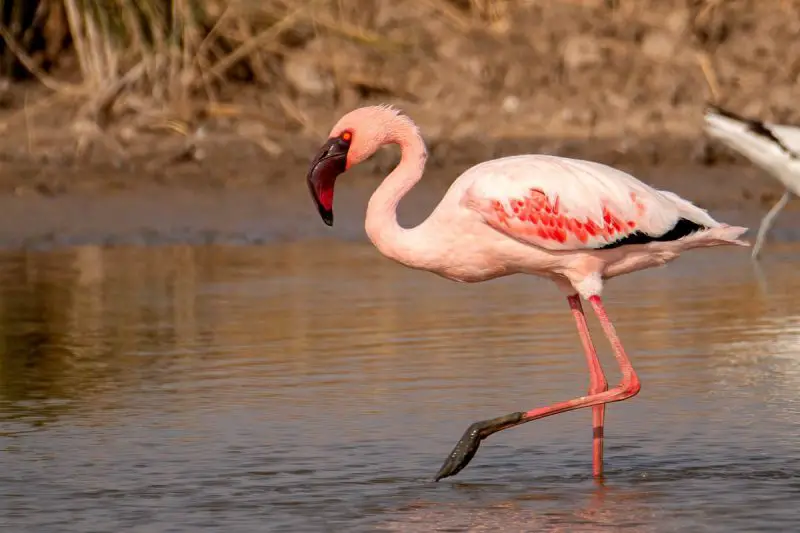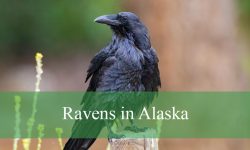Florida offers a unique opportunity to observe various types of flamingos in Florida that thrive in its warm, coastal environments. These magnificent birds have become iconic representatives of flamingos in Florida, symbolizing the state’s rich natural heritage and drawing bird enthusiasts from around the world. In this article, you will discover the main types of flamingos in Florida, along with helpful identification tips and fascinating facts about each species.
Understanding the different types of flamingos in Florida enriches your experience when exploring the state’s diverse wildlife. Each flamingo species displays distinct colors, behaviors, and preferred habitats, making them special and easier to recognize once you know what to look for. Gaining this knowledge will deepen your appreciation for these elegant and captivating birds.
From the vibrant American Flamingo to other less common species occasionally spotted in the region, this guide covers the key types of flamingos in Florida you may encounter. Detailed descriptions and vivid pictures will assist you in identifying these stunning birds during your adventures in Florida’s natural areas.
Different Types of Flamingos Found in Florida
American Flamingo (Phoenicopterus ruber)

The American Flamingo is one of the most visually striking birds in Florida, famous for its brilliant pink to reddish-orange feathers, long, slender legs, and a distinctively curved bill. Adult birds typically measure between 4 to 5 feet in height, with a wingspan that can reach up to 5 feet. Their coloration comes from carotenoid pigments found in their diet, mainly algae, brine shrimp, and small crustaceans, which also influence the intensity of their pink or orange hues. Juvenile flamingos appear duller, usually gray or pale pink, and gradually develop their vivid colors as they mature. Their long legs and necks not only give them a graceful silhouette but also help them wade through deeper waters in search of food.
In Florida, American Flamingos are predominantly found in coastal wetland habitats such as salt flats, lagoons, and tidal estuaries, particularly within the Everglades and the Florida Keys. These environments provide the saline and brackish waters rich in the small invertebrates and algae that form their diet. These flamingos are highly social and typically gather in large colonies that can number in the hundreds or even thousands. Such groups engage in coordinated behaviors, including synchronized wing-flapping and elaborate courtship dances, which strengthen social bonds and facilitate breeding.
One fascinating behavior often associated with the American Flamingo is their habit of standing on one leg. While scientists have proposed several explanations for this posture, including heat conservation and muscular relaxation, the exact reason remains a subject of research. Additionally, American Flamingos communicate through a variety of vocalizations and body movements that help maintain flock cohesion and warn of predators. Their acrobatic flight, featuring long, slow wingbeats, makes them a spectacular sight when taking off or migrating.
Though once thought to be rare or extirpated in the wild in Florida, the American Flamingo population has seen a resurgence in recent decades. Conservation measures protecting wetland habitats and changes in environmental conditions have contributed to their comeback. Today, they are a beloved symbol of Florida’s rich biodiversity, attracting bird watchers and tourists alike. Their presence highlights the importance of preserving fragile coastal ecosystems where many other species also thrive.
Greater Flamingo (Phoenicopterus roseus)

The Greater Flamingo is the largest flamingo species in the world and is distinguished by its pale pink plumage, deeper pink flight feathers, and a more pronounced curve in its bill compared to the American Flamingo. Adults can grow up to nearly 5 feet tall with a wingspan between 5 and 6 feet. Their size and coloration make them stand out in their natural habitats, which primarily include saline lagoons, estuaries, and mudflats. Unlike the American Flamingo, the Greater Flamingo’s color tends to be more subtle and less vibrant, with a lighter pink body and stronger pink accents on the wings. Their feeding technique involves stirring up sediment with their feet and filtering food through their specialized bills, which allows them to feed on a diet rich in small crustaceans, plankton, and algae.
Although the Greater Flamingo is native to parts of Africa, southern Europe, and Asia, it is not naturally found in Florida’s wild landscapes. Sightings in Florida are generally limited to captivity environments, such as zoos, bird sanctuaries, and wildlife rehabilitation centers. Occasionally, individuals that have escaped or been released may be spotted in the wild, but such occurrences are rare and isolated. The Greater Flamingo prefers large, shallow water bodies with high salinity or alkalinity, which provide an abundant supply of food while reducing competition from other species.
Behaviorally, Greater Flamingos are highly gregarious and often form huge breeding colonies that can number in the tens of thousands. Their social displays include synchronized movements such as head flagging, wing spreading, and ritualized calls, which play a key role in mate selection and strengthening group cohesion. These spectacular courtship behaviors also increase the chances of reproductive success by synchronizing breeding among colony members. The species is also known for long-distance seasonal migrations between breeding sites and feeding grounds, demonstrating impressive endurance and navigational ability.
Though the Greater Flamingo does not naturally inhabit Florida, its presence in captivity provides educational opportunities for locals and tourists to learn about flamingo diversity worldwide. Conservation of their native habitats is vital, as some populations face threats from habitat degradation, pollution, and climate change. In the wild, Greater Flamingos serve as important indicators of ecosystem health, and their vibrant colonies contribute to the ecological balance of saline wetlands.
Lesser Flamingo (Phoenicopterus minor)

The Lesser Flamingo is the smallest flamingo species, standing about 3 feet tall with a wingspan between 3.5 and 4 feet. This species is notable for its intense pink coloration, particularly on the wings, and a uniquely shaped bill specialized for feeding primarily on cyanobacteria and algae found in highly alkaline and saline lakes. Unlike other flamingos that feed on a more varied diet, Lesser Flamingos have a specialized niche, allowing them to thrive in extreme environments such as soda lakes in Africa and parts of India. Their smaller size and distinctive feeding adaptations make them fascinating subjects of study in evolutionary biology and ecology.
In Florida, Lesser Flamingos are not native and do not naturally occur in the wild. Any reports of their presence usually stem from escaped or released individuals from zoos, wildlife parks, or private collections. These flamingos require very specific conditions that are rare outside their native range, such as highly alkaline and mineral-rich lakes, which are uncommon in Florida’s ecosystems. Therefore, they have not established wild populations in the state. Instead, they are mainly seen in captivity, where their unique behaviors and vivid plumage can be appreciated by visitors.
One remarkable fact about Lesser Flamingos is their tendency to form some of the largest breeding colonies of any bird species. At certain alkaline lakes in Africa, tens of thousands of Lesser Flamingos gather to nest in densely packed colonies. These gatherings are not only critical for reproduction but also provide safety in numbers from predators. However, their dependence on such specialized habitats makes them vulnerable to environmental changes such as drought, pollution, and human disturbance, placing them on the vulnerable species list in some regions.
Despite not being part of Florida’s native fauna, the Lesser Flamingo captures the imagination of bird enthusiasts and researchers due to its extraordinary ecological adaptations and social behaviors. Studying this species offers insights into the delicate balance of extreme ecosystems and the importance of habitat conservation worldwide. For those interested in flamingos, the Lesser Flamingo represents a unique example of specialization and survival in harsh environments.






